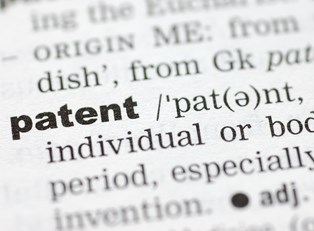If you have an invention, it is your responsibility to protect it from others who would copy and profiting from it without your permission. Patents were created to protect these ideas and products. The U.S. government performs the task of issuing patents on intellectual property so that new inventions and designs can circulate to invigorate industries and the economy at large.
Filing a Patent
Patents differ from copyrights or trademarks in that they generally cover things, that is, objects that can be built from materials. Filing a patent allows you to claim the idea as your original concept and take measures to assert your rights if someone attempts to steal it.
Patents fall under three different types. The utility patent covers objects with a particular function. Design patents cover nonfunctional parts of an object such as the surface structure or shape. Plant patents cover particular plants that are developed. All patents must be filed with the U.S. Patent & Trademark Office, which has an online website for convenience.
Provisional Patent Application
When an inventor creates a product or design, he or she must present it to others to be manufactured or financed. In order to protect your claim on the idea, you can file a provisional patent application, which establishes the date in which you legally state a claim on the idea. It is not the same as a conventional patent application and does not require in-depth description of the idea. A provisional application is in effect for one year. After this time, you must file a traditional patent application to continue to protect your invention.
Nondisclosure Agreements
Another way to protect your idea when you are presenting to other parties is to have the other party sign a nondisclosure agreement. These agreements generally secure critical portions of the invention and allow the release of other elements. These agreements may also be in effect for a particular period of time, such as for five years. Nondisclosure agreements prevent others from using your ideas as their own. However, in some cases, the other party may not be receptive to the idea of signing a nondisclosure agreement.
Other Methods of Patent Protection
If the other party is not willing to sign a nondisclosure agreement to protect the patent on your invention or idea, you can disclose information “around” the critical parts of the invention to avoid disclosing important information. You can also establish what is considered a confidential relationship under the law with the other party. These methods offer some protection for the ownership of your idea.
Enforcement
By keeping these methods in mind, you will have the freedom to present your original concept to others without fear of having your ideas stolen. However, patent protection must always be enforced to be useful. If you have a problem with another party using your idea, consult a patent attorney for legal advice.



